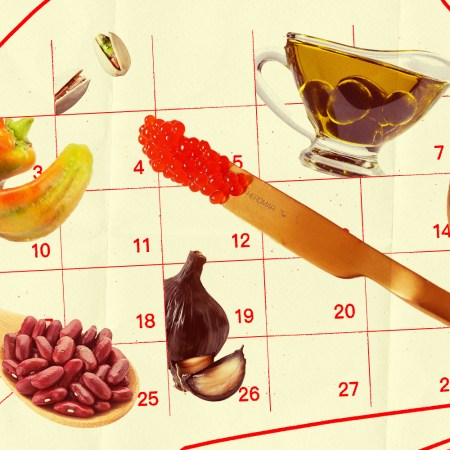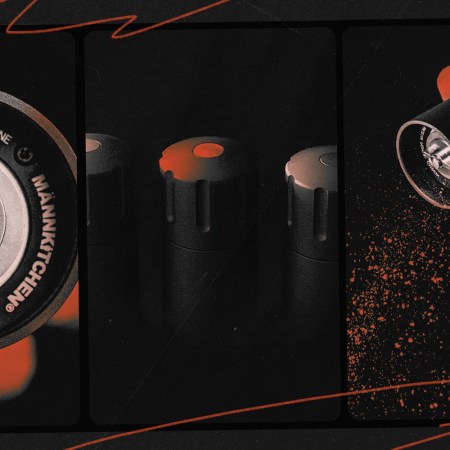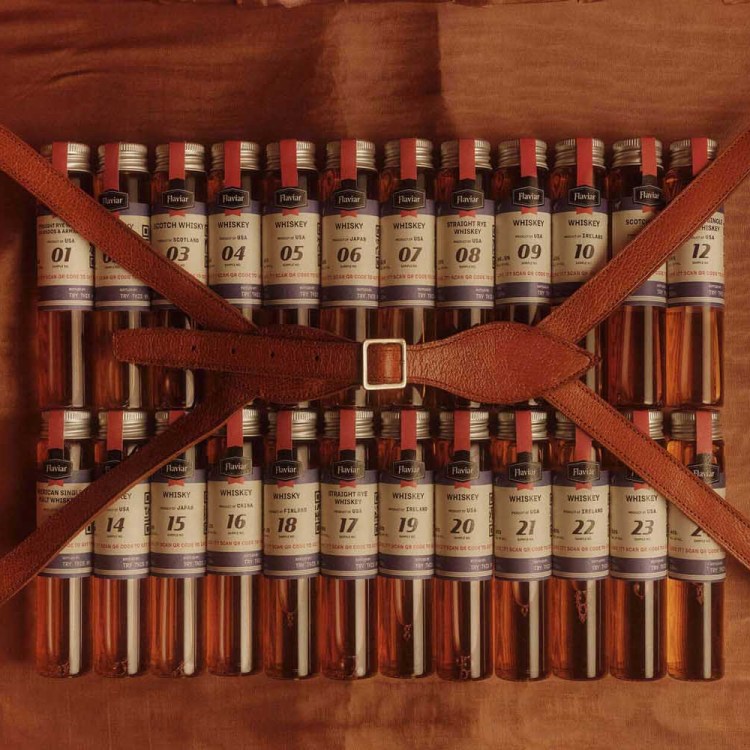You won’t often hear someone curse while using a Japanese product.
Their cars drive well. Their cameras take great pics. Their whiskey even stands up to the best that Scotland or Kentucky can offer.
At the risk of generalizing, they are a people whose attention-to-detail is second to none. So it comes as no surprise that their knives, which often look like miniature samurai swords, are the cream of the animal- and plant-chopping crop.
We spoke with Jonathan Broida of Japanese Knife Imports, a Los Angeles concern that makes custom blades with venerable Japanese knifemakers, on the ins and outs of these functional works of art.
1. The two countries that make the best knives: Germany and Japan
It comes down to the weight of the steel and how it feels in your hand. German knives have a thicker angle (so more steel) and more heft; they’re ideal for chopping, hacking, crushing and dicing. Japanese blades are harder and thinner, ideal for slicing and precision cutting. And they generally look cooler, with designs on the blade and ergonomic wooden handles. Kurouchi is the residual scale left on the knife, and helps with rust and corrosion.
2. The main difference with Japanese knives: they’re meant for a more focused cut
Japanese knives are great for making a small incision on a filet of fish to ensure it’s not drying out. Also, instead of dicing, learn to roll and chiffonade, a technique whereby you roll something up and cut it perpendicular, e.g. sushi. This technique also works with herbs in lieu of dicing.
3.You only need two knives: a 210mm and a 150mm
That’s a chef’s knife and what translates to a large paring knife. The latter can be used for paring fruit or trimming a chicken. The chef’s knife can be used for anything bigger, including bread. (But if you do have a third knife, make it a serrated bread knife.)
4. Three great entry-level knives you should consider:
A Gesshin Gyuto, a Gonbei or a Gesshin Uraku.
5. You will have to learn to care for this knife
Julia Child said that chefs always keeps their knives sharp. Hence why they sharpen after every shift. Your shifts are shorter, so once a month should do the trick, or once a week if you use it often.
6. Don’t settle for anything but stainless or carbon steel
Stainless is easier to clean. Hence the name. But carbon steel knives hold their edge longer, stay sharper and are a bit stronger. But they need a little more TLC: as you cut fruit and anything else acidic, the metal will oxidize, which is a fancy way of saying rust. Rust taints food, turns it black and makes it taste metallic. You don’t want that. Be prepared to wipe it down after each use and have a rust eraser on hand, which you can run along the lines on the blade.
7. But remember: a great knife does not a great chef make
You may have a slick knife and a deft roll-and-chiffonade. But if you don’t know the principles of heat, pressure or seasoning, your food still won’t taste good.
This article appeared in an InsideHook newsletter. Sign up for free to get more on travel, wellness, style, drinking, and culture.
























